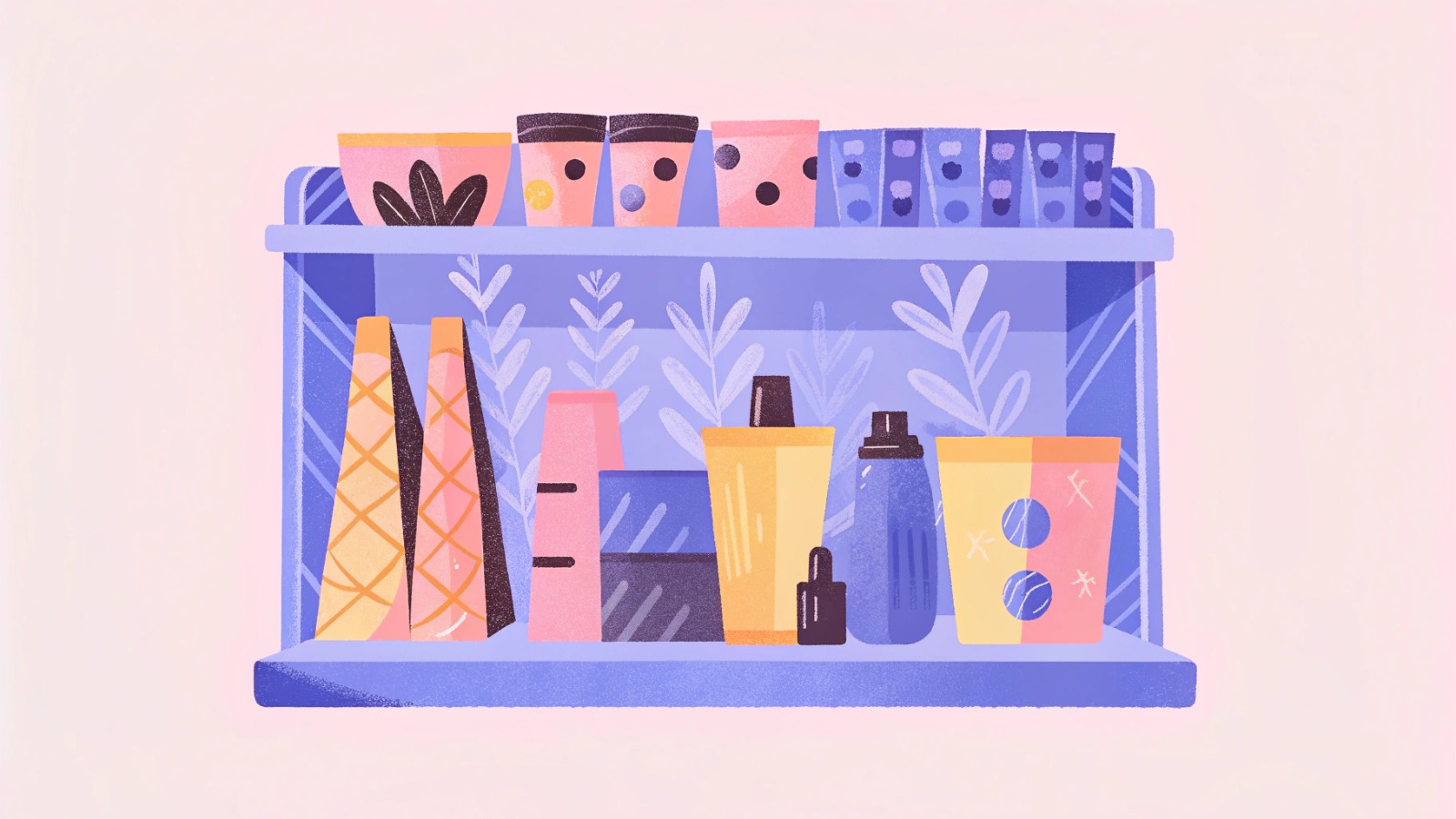
How Packaging Builds Brand Identity: Digging Deeper Into the Wrapper
Aug 8, 2025
A few years ago, Heinz launched a striking campaign titled “Even When It Isn’t Heinz, It Has To Be Heinz”. The visual featured someone refilling a Heinz bottle with a local ketchup brand. While the campaign was designed to highlight the aspirational power of Heinz, it also quietly emphasized the emotional value and recognisability of packaging. The iconic Heinz bottle itself had become a symbol of trust—so much so that people associated its shape and look with authenticity, regardless of what was inside.
This campaign revealed a powerful truth: packaging plays a defining role in how consumers perceive, trust, and connect with a brand.
In today’s saturated market, packaging is no longer just a container—it’s a silent salesperson. It tells your brand story, builds emotional connection, and influences buying decisions long before the product is experienced.
According to a 2023 Packaging of the World report:
“81% of consumers have tried a new product because the packaging caught their eye, and 63% have repurchased a product because they liked its packaging.”
Let’s explore how packaging truly defines brand identity through the lens of consumer psychology and design strategy.
The Psychology of Packaging: A Visual Language
Packaging is not just a container—it is a silent yet persuasive communicator of a brand’s personality, values, and positioning. Every design choice, from the colour palette to the structural form, contributes to shaping how consumers perceive and remember a brand. This visual language plays a pivotal role in building brand identity by influencing consumer emotions, expectations, and associations on both conscious and subconscious levels.
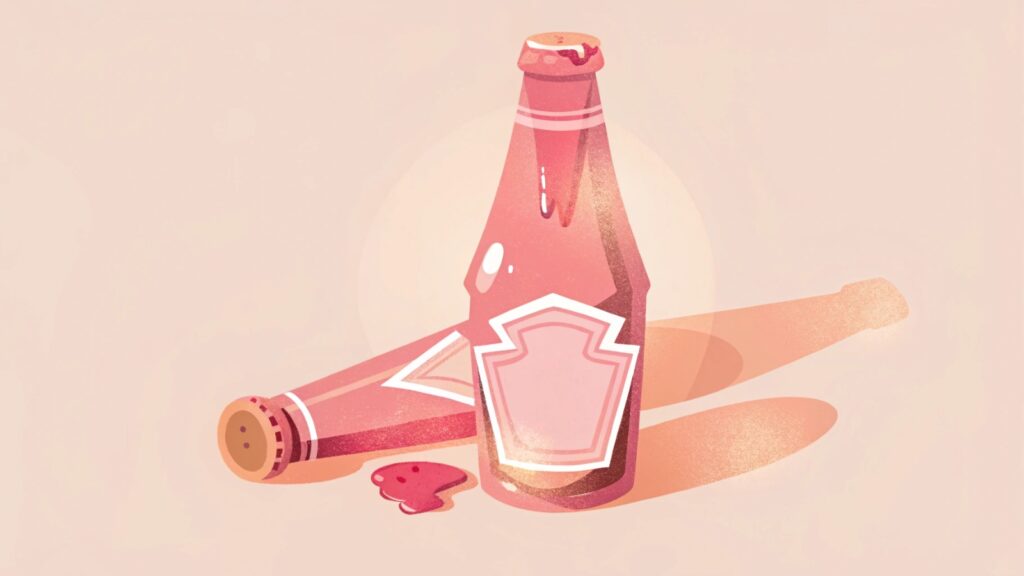
1. Colour as a Psychological Anchor
Colour is one of the most immediate and powerful tools in packaging design. It creates an emotional response within seconds and often becomes deeply associated with a brand’s character. For instance:
- Warm colours (like red, yellow, and orange) often evoke excitement, energy, or friendliness.
- Cool tones (such as blue and green) convey calmness, trust, and reliability.
- Neutrals (like black, white, and gray) suggest elegance, simplicity, or modernity.
By consistently using specific colours, brands establish strong psychological anchors that reinforce identity. Over time, these colours become synonymous with the brand in the consumer’s mind. Tiffany & Co.’s robin egg blue box is iconic—it doesn’t just house jewelry, it symbolizes prestige and heritage, making it instantly recognisable even without a logo.
According to a study in the International Journal of Marketing Studies (Kim & Zhao, 2021), colour influences up to 85% of product purchase decisions, with different hues shaping trust, urgency, or value perceptions depending on cultural and demographic factors.
2. Typography and Visual Hierarchy
Typography subtly conveys tone and brand personality. Bold, geometric fonts reflect strength and modernism; handwritten scripts feel artisanal and personal. Font choice, spacing, and layout also establish visual hierarchy—directing the consumer’s eye toward the brand name, product benefits, or usage instructions.
In the Journal of Consumer Behavior (Smith & Taylor, 2022), researchers found that clear, well-structured typography increases product appeal by 38%, especially when paired with an intuitive information flow. Clean layouts help build brand trust and usability, making products easier to assess, especially for first-time buyers.
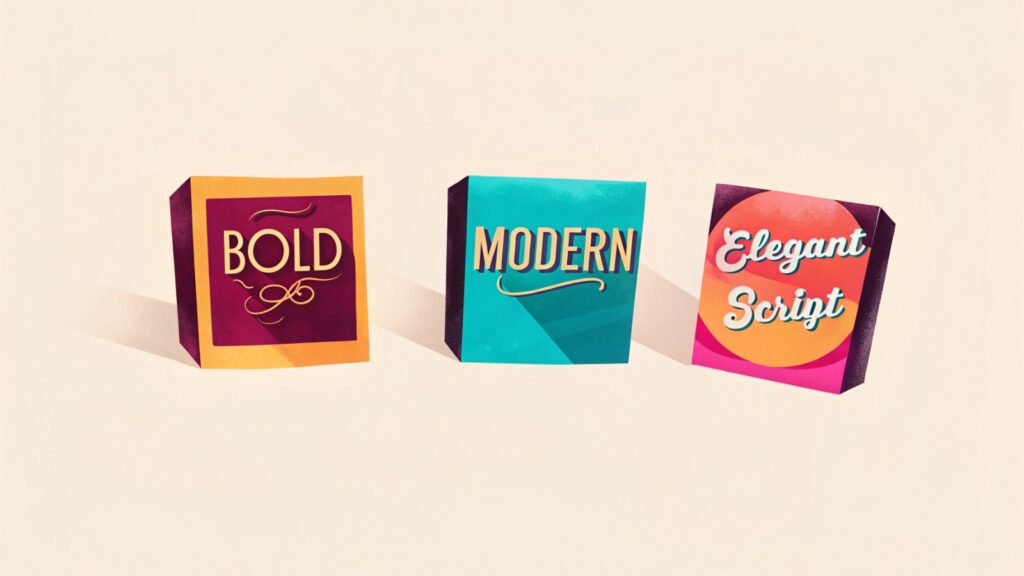
3. Material and Texture
The physical feel of packaging—whether it’s glossy, matte, embossed, or recycled—can greatly impact how a brand is perceived. Tactile elements create sensory experiences that deepen consumer engagement. Premium materials often elevate a brand’s perceived value, while raw or natural textures align with environmental and ethical values. These sensory cues help customers build an emotional connection, making the brand feel more tangible and trustworthy.
A study published in the Journal of Sensory Marketing (Chen & Lee) found that 57% of consumers associate textured or embossed packaging with higher product value, and are more likely to retain or reuse such packaging—enhancing brand recall.
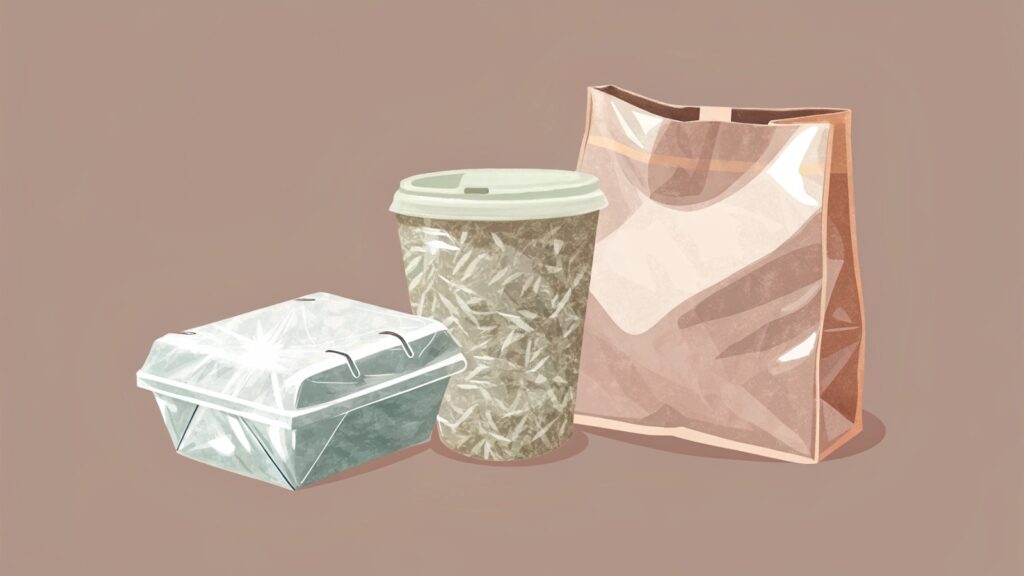
4. Shape and Structure
Beyond surface design, the shape and structural form of packaging communicate brand personality. Sleek, angular packaging might suggest precision and innovation, while rounded, soft shapes feel more inviting and accessible. Compact and ergonomic designs can indicate thoughtfulness and consumer-centric values, while bold or unconventional structures may reflect a disruptive or forward-thinking brand ethos. The cylindrical tube of Pringles not only prevents chip breakage but also gives the brand a unique shelf presence that no other chip brand replicates. The packaging form becomes synonymous with the product itself.
Unique structural packaging has been shown to boost visual differentiation in cluttered retail environments. According to Packaging of the World (2023), 41% of consumers believe the shape of packaging directly reflects product quality, particularly in personal care and food categories. Innovative shapes often enhance perceived value, especially in impulse-driven purchases.
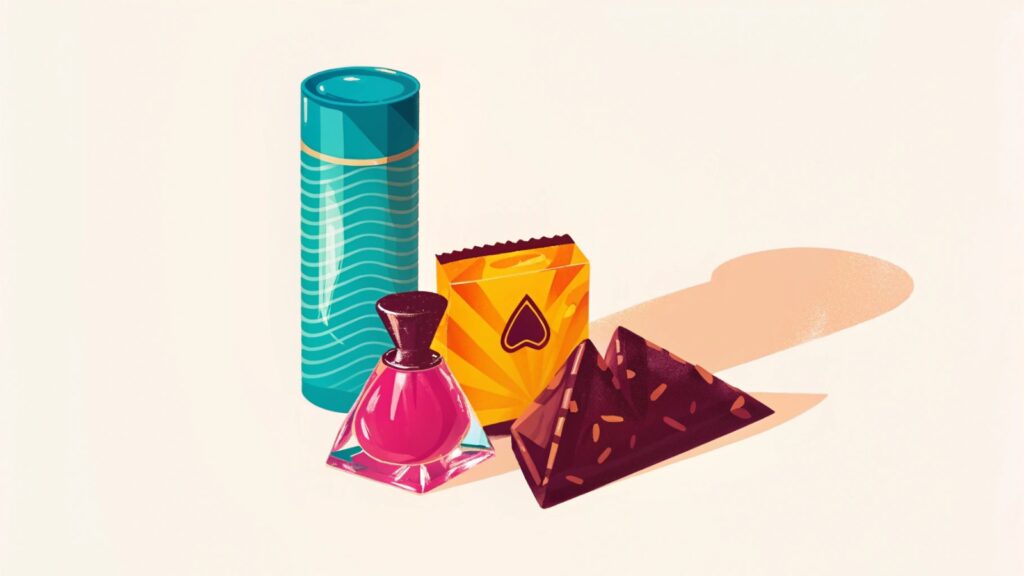
5. Imagery and Graphic Elements
Visual elements such as illustrations, icons, and photos enhance packaging by telling a story or reinforcing emotional connections. These details support the brand’s tone—whether whimsical, serious, traditional, or futuristic.
Consistent use of specific graphic styles creates a recognisable brand universe. For example, watercolour illustrations often suggest natural or handmade products, while bold graphics and geometric patterns align with tech-driven or contemporary identities. According to a report by JohnsByrne (2024), products with emotionally resonant imagery on packaging had a 32% higher likelihood of consumer engagement, especially in lifestyle and wellness sectors.
6. Consistency and Memorability
Consistency in packaging design builds brand recognition and fosters long-term trust. When visual elements such as logos, colours, fonts, and layout styles are applied uniformly across a product portfolio, they create familiarity and reduce cognitive load for the buyer.Coca-Cola maintains strict consistency across bottle shapes, fonts, and red-and-white colour palettes globally. Even special editions retain core brand elements, making them instantly identifiable regardless of geography.
This visual consistency directly contributes to brand memorability. A LinkedIn B2B Branding Report (2023) found that brands with consistent packaging across SKUs had a 3.5x higher recall rate compared to brands with fragmented or inconsistent visual identities. Over time, this consistency reinforces emotional loyalty, especially in competitive retail categories.
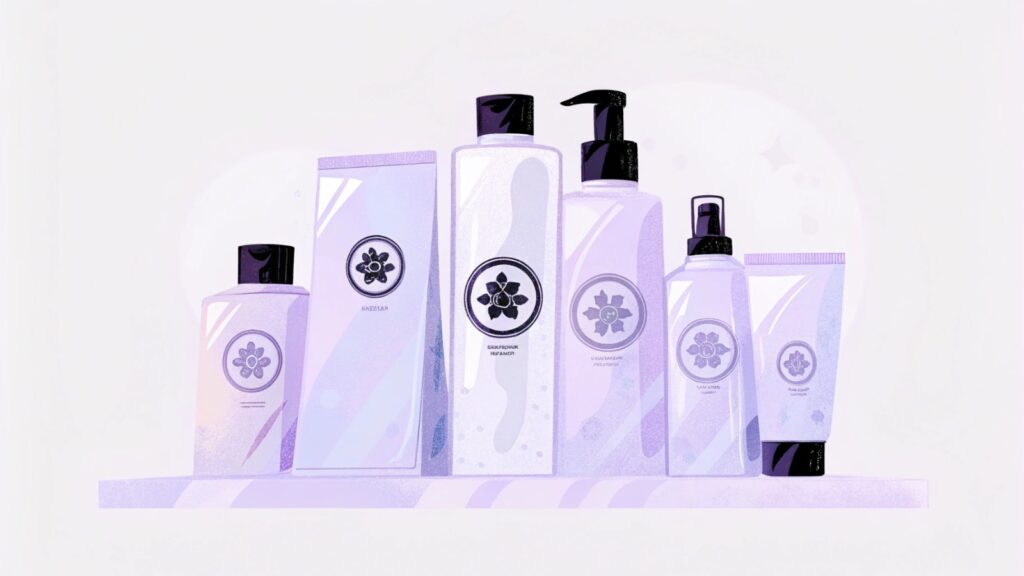
7. Packaging as a Reflection of Values
Beyond aesthetics, packaging reflects deeper brand values—such as innovation, simplicity, luxury, or sustainability. It becomes an expression of what the brand stands for and a signal to consumers about what they can expect. Whether a brand is positioning itself as premium, eco-conscious, family-friendly, or cutting-edge, packaging serves as the physical embodiment of these traits.
The Journal of Environmental Marketing (Martinez & Gupta) reports that 74% of Gen Z consumers are more likely to support a brand that uses eco-friendly packaging, even if the product costs slightly more.
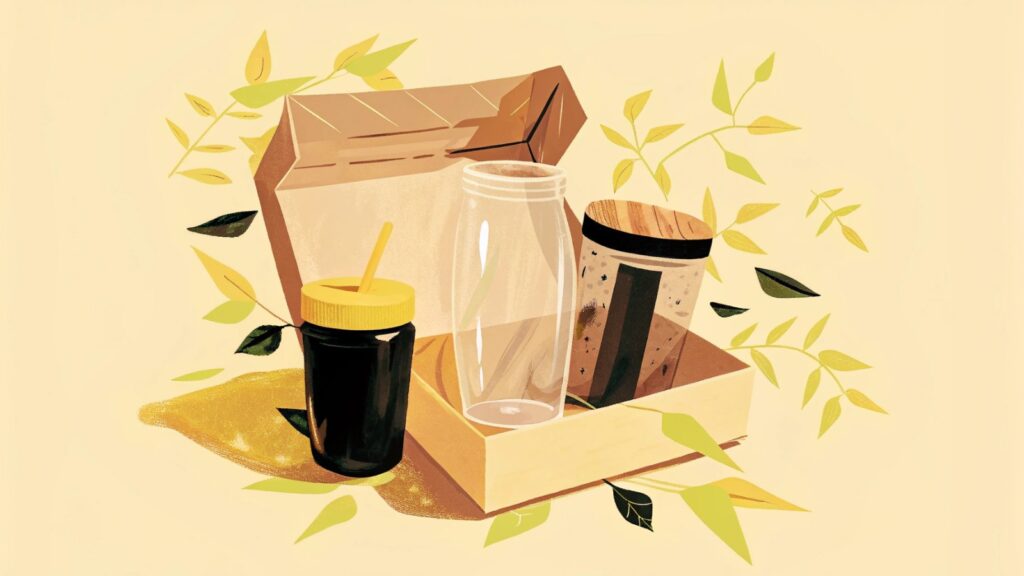
Case in Point: When Packaging Goes Wrong
Tropicana’s 2009 packaging redesign serves as a cautionary tale. Hoping to modernize its appearance, Tropicana swapped its iconic orange-with-a-straw imagery for a minimalist look. The result? Sales dropped by 20% in two months, costing the brand an estimated $30 million. Customers were confused, and many didn’t recognise the product on shelves. The backlash was swift, forcing the company to revert to the original design. This illustrates a key lesson: packaging changes must preserve brand recognisability.
The Rise of Sustainability in Brand Identity
Today, sustainable packaging is not just a trend—it’s a demand. According to Journal of Environmental Marketing (Martinez & Gupta, 2020), brands that adopt eco-friendly packaging see a significant increase in consumer trust, especially among Millennials and Gen Z.
Minimalist packaging, reduced material usage, and recyclable containers are becoming brand statements in themselves. For example:
- Apple has shifted to minimalist, paper-based packaging.
- Lush uses recycled and reusable containers.
- The Body Shop promotes refillable packaging stations, reinforcing a message of long-term responsibility.
30% of companies have reported a revenue increase after improving their packaging, particularly by switching to sustainable or premium formats (Globe Newswire, 2023). These changes don’t just appeal to environmental values—they signal innovation, trust, and ethical leadership, all of which strengthen brand identity.
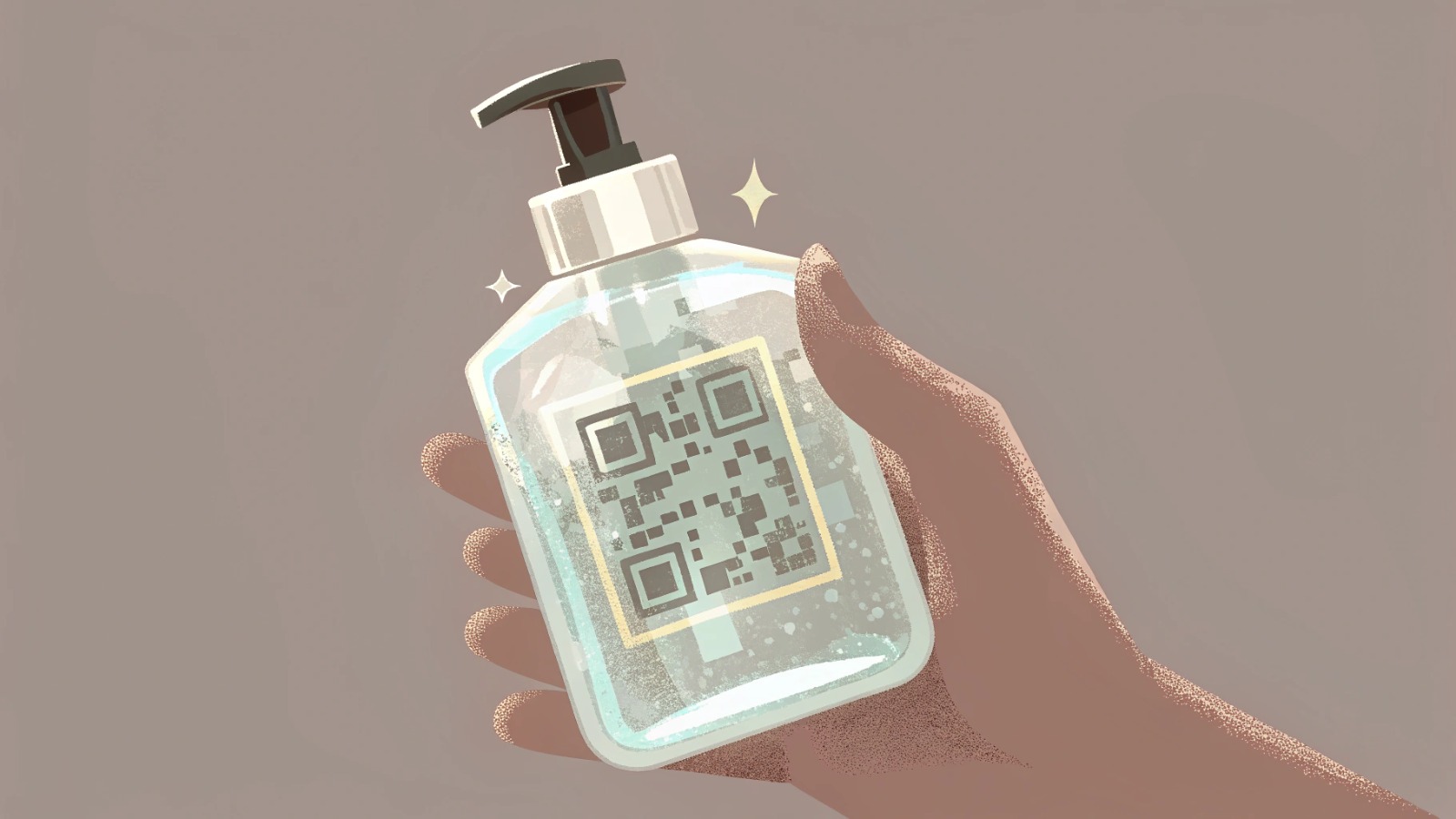
Packaging and Corporate Social Responsibility (CSR)
Packaging also plays a pivotal role in shaping a brand’s CSR image. Companies integrating sustainable packaging within their CSR programs are often seen as ethical and socially responsible. This not only bolsters customer loyalty but also positions the brand as a forward-thinking industry leader.According to a 2023 NielsenIQ study:
64% of global consumers say they’re more likely to buy from a brand that supports a cause—and 50% say they’ve discovered those causes through product packaging.
Example: Pampers x UNICEF – “1 Pack = 1 Vaccine” Campaign
Pampers partnered with UNICEF to fight maternal and neonatal tetanus. Specially marked diaper packaging highlighted the message that every pack sold donated a vaccine. Over the years, the campaign helped eliminate the disease in multiple countries—purely driven by messaging through product packaging.
“Packaging can be theater, it can create a story”
- Steve Jobs (the late CEO of Apple)
Packaging is the first touchpoint that captures your audience’s attention—the one thing on the shelf that stands out among countless others.
If you’re ready to turn your product into a story worth keeping, we’re here to help shape that narrative.
Your journey deserves the right partner. Connect with us today.
Next Story
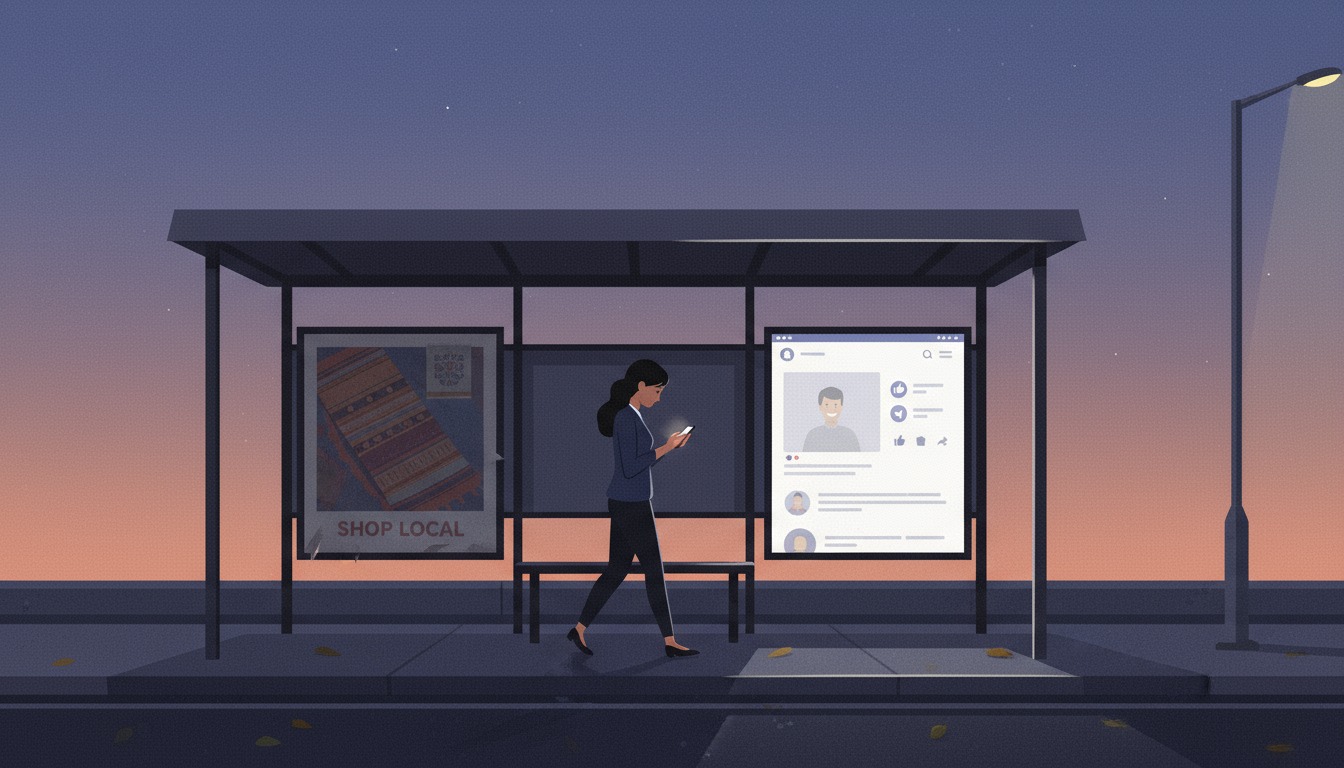
Cracking the Code: Proven Strategies for Social Media Marketing in Kolkata
Sep 11, 2025
A few years ago, Heinz launched a striking campaign titled “Even When It Isn’t Heinz, It Has To Be Heinz”. The visual featured someone refilling a Heinz bottle with a…
Read More





